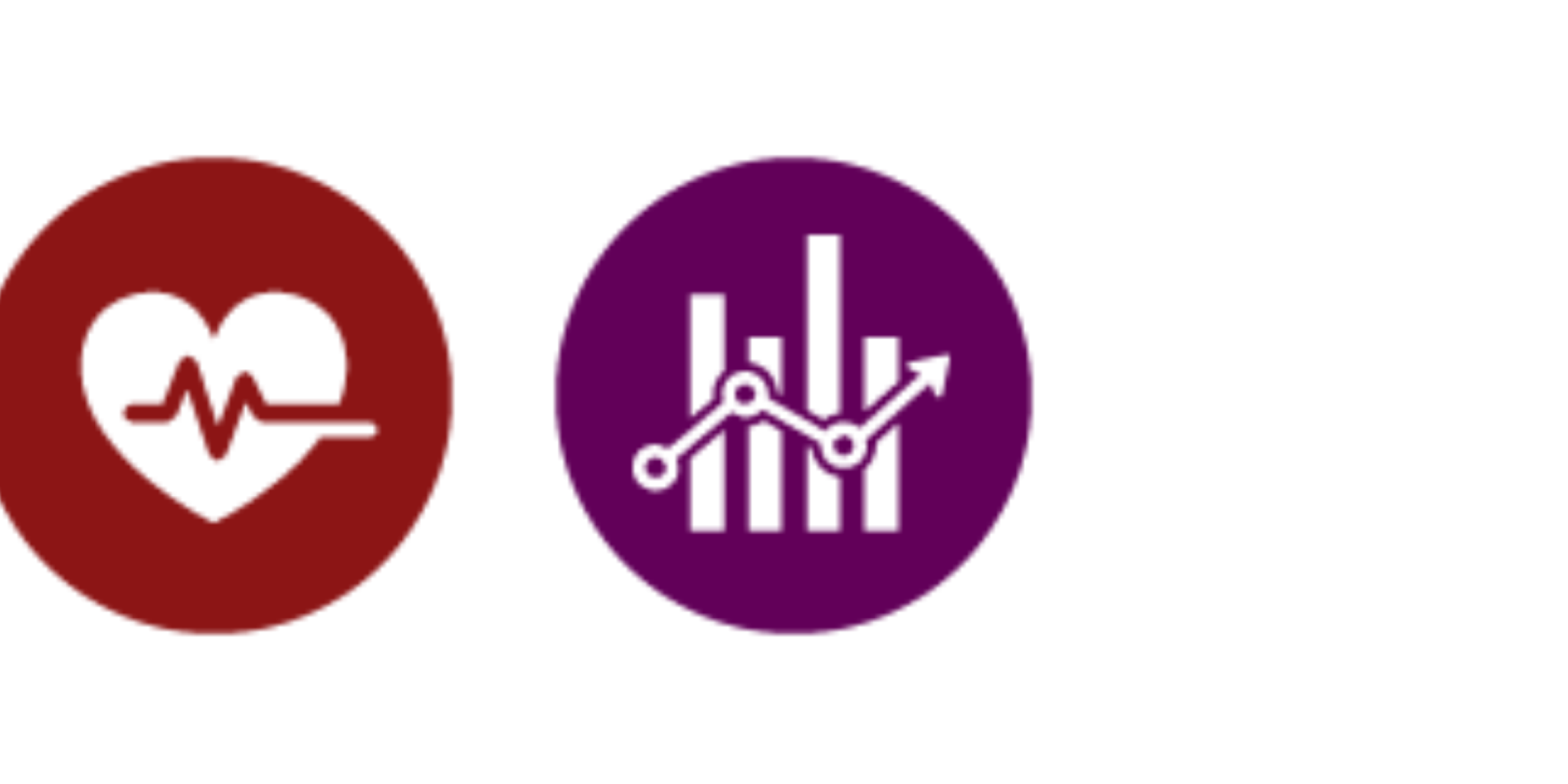Graduate student grant recipient measures impact of piped water
Shortly after arriving at Stanford in 2015, graduate student James Winter spent several months in Zambia where he witnessed first-hand how difficult it was for many families to access clean water.
The work from that early project, overseen by Center faculty affiliate Jenna Davis, Associate Professor of Civil and Environmental Engineering, eventually developed into Winter’s own research questions. Winter is now measuring how transitioning to a high-quality source of water piped directly to a household’s yard can impact household economic activity, female entrepreneurship, and water quality.
The main push for extending access to clean water in sub-Saharan Africa has centered on shared community water sources such as boreholes, a vertical water well, with hand pumps. But Winter points out that there are limited economic and health benefits for households who must walk to collect their water from these sources.
Winter, a Fulbright Scholar and PhD student in the Civil and Environmental Engineering department, is a recipient of graduate student research funding from the Stanford Center on Global Poverty and Development. He has worked extensively in El Salvador and more recently, southern Zambia, where he lived from January to September, 2018. Winter graduated from Harvard University, where he majored in Applied Mathematics.
To get insight into his work, Winter recently spoke about his project, “Introduction of On-Premises Piped Water Access to Rural Households in Southern Zambia: Implications for Poverty Alleviation, Female Entrepreneurship, and Water Quality.”
What does your research “look” like?

I suspect that my research looks quite different from the rest of my department. I usually conduct my fieldwork in four- to six-week blocks, working and living with a team of Zambian research assistants full time. I employ a combination of interviews with female heads of household, in-person observation of water sources, and a few different types of water sampling.
I spend several hours in the lab every day, but most of my work is managing my team, managing relationships with my collaborators, daily quality control of the data, and creating a structure in which everyone has a sense of ownership over the project. In my experience, that’s the best way to ensure that you’re collecting high-quality data that you can trust. And then of course, there are months of data analysis that I’m sure will be familiar to any PhD student!
However, because my work relies so heavily on people, there are all kinds of hiccups that I imagine happen less frequently in laboratory settings. For example, construction delays on piped water systems, community disagreements over the fee structure for the system, and changes in the harvest schedule that affect when respondents are available for interviews, are all headaches from this project that accentuate the differences between applied research and lab-based work.
How does your research make a real-world impact?
It’s still too early to tell, but my hypotheses are that these changes will have large effects on the amount of water that is used by the household for washing and cleaning, the quality of water that is consumed for drinking, and the time spent collecting this water. In turn, these outcomes are hypothesized to lead to improvements in under-5 child health and household income.
How does female entrepreneurship tie in to water access in the region?

In some of my pilot research, respondents (all women, target was head of household) reported personally spending over 2.5 hours fetching water per day, and that their household spent an average of over 5 hours in total fetching water. This burden of water fetching falls disproportionately on women and girls.
By moving the water source much closer to the home, I expect that the amount of time spent on collecting water will decrease dramatically. At this point, it is unclear how women and girls will reallocate the time that they save from this change in water supply, but one hypothesis is that, over time, they will use these hours for tasks such as gardening or juice production to provide additional sources of income for their household.
What are some obstacles you encounter in your research and how do you overcome them?
The challenges of fieldwork never cease to surprise me, even after two years of working in Zambia. From a management perspective, you need to be careful of team dynamics and morale, especially when you are living, working, and eating every meal together for four weeks. Creating an environment where I am both the manager but also accessible for advice and feedback is crucial.
On the operations side, ensuring that we have the right laboratory supplies, from complex EPA-approved reagents, to gloves in the right size for my lab assistant, or other materials to conduct sterile experiments in a converted bedroom laboratory is always a challenge. Finding a source for printing is always a headache, and not having Wi-Fi makes research and file transfers quite challenging. Due to the resource constraints of my field site, I typically build my own incubator for my laboratory work and getting that up and running without electrocuting myself (too many times) is always anxiety producing. But, as with anything, advance preparation is your best tool to overcome unexpected circumstances; if you are prepared for the expected, you have more time and energy to devote to the unexpected!
Has the Stanford community been helpful during your graduate studies?
I feel incredibly lucky to have such a supportive community throughout my time here at Stanford. I had strong mentors during my first two years, and continue to have a strong group of friends who conduct similar field-based research. The nine-hour time shift can even be an asset when one of you is up at 3 a.m. trying to fix a misbehaving piece of lab equipment!
Professor Jenna Davis has also been extremely active in my research. During my first project in Zambia, she made three visits to the field, assisting with site selection, training, and data collection. During this most recent project, I lived in Zambia from January to July, and had regular phone calls to discuss evolving research questions and the best approaches to data collection. She has been working in this field for almost 20 years, and being able to access her encyclopedia of challenges (and solutions) in the field has been a huge asset to my development as a field manager and researcher.
Please note that prior to May 2019, the Stanford King Center on Global Development was known as the Stanford Center on Global Poverty and Development.




